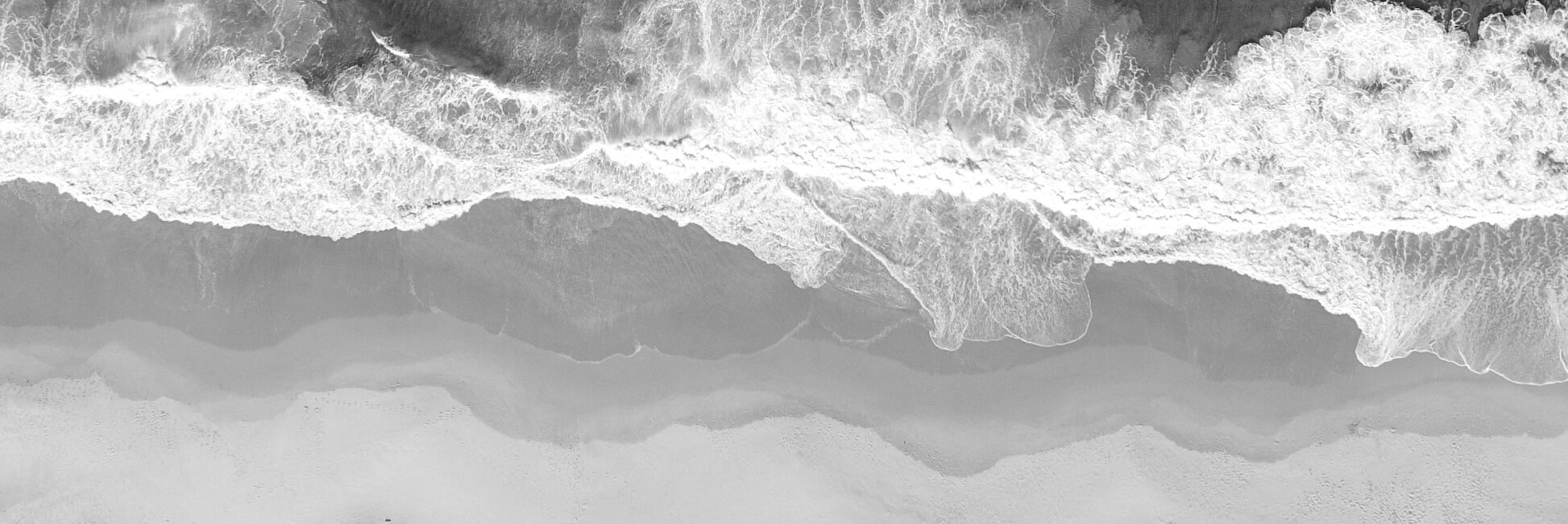Patients often express concerns about looking tired or older than they feel, even after adequate rest. This can stem from upper eyelid changes that may affect both appearance and, in some cases, vision.
Hooded eyes, characterised by excess skin folding down from the brow bone to the lash line, are a common condition. This may result from genetic factors or the natural ageing process. While some individuals have always had hooded eyes, others develop them over time. As a result, they may explore various treatment options, both surgical and non-surgical.
This article explores the causes of upper eyelid exposure and hooded eyes, how the condition is diagnosed, and the treatment options available. We outline approaches that may be suitable depending on individual needs and goals.
Understanding Upper Eyelid Anatomy
A clearer understanding of the upper eyelid’s anatomy helps explain the development of hooded eyelids and the available treatment options.
Structure and Function of Upper Eyelids
The upper eyelid is notably thin, measuring less than 1mm in thickness. It is composed of five key layers:
- Skin and subcutaneous tissue
- Orbicularis oculi muscle
- Tarsal plates
- Levator apparatus
- Conjunctiva
The eyelid protects the eye from injury and light exposure while facilitating tear distribution to maintain eye lubrication. The superior palpebral sulcus (upper eyelid crease), located 8-11mm above the eyelid margin, is an important anatomical landmark.
Normal vs. Hooded Eyelid Appearance
In individuals with normal eyelid anatomy, the eyelid crease is visible when the eyes are open. In contrast, those with hooded eyes exhibit excess skin that folds over the crease, partially or fully covering it. This can affect approximately 11.5% of the population.
Muscles and Tissues Involved
Two primary muscle groups control upper eyelid movement:
- Orbicularis oculi muscle – Responsible for eye closure (forceful and gentle).
- Levator apparatus – Includes the levator palpebrae superioris (LPS) and Müller’s muscle, which lifts the upper eyelid.
These muscles and tissues work together to enable eyelid function and contribute to overall eye aesthetics.
Causes of Hooded Eyes
Hooded eyelids may arise from several factors, including ageing, genetics, and medical conditions.
Age-Related Factors
As part of the ageing process, the skin around the eyes loses elasticity and becomes thinner. The muscles supporting the eyelids may weaken, causing the brow to droop and contributing to hooded eyelid formation. The outer eyebrow often shows these changes most prominently.
Genetic Predisposition
Hooded eyes can also be inherited. Individuals with family members who have hooded eyes may be more likely to develop the condition. In some cases, hooding is present from birth, while in others, it appears gradually with age.
Medical conditions affecting eyelids
Certain medical conditions can contribute to hooded eyelids:
- Dermatochalasis – Excess skin on the upper eyelid, which may obstruct vision.
- Ptosis – Drooping of the eyelid caused by weakness in the levator muscle.
- Myasthenia Gravis – An autoimmune condition that weakens muscles and may result in eyelid drooping.
- Horner’s Syndrome – A nervous system condition that may cause ptosis along with other symptoms.
In cases where vision is obstructed by hooded eyelids, medical assessment and potential treatment may be necessary.
Diagnosing Hooded Eyes
Accurate diagnosis helps determine the most appropriate treatment for hooded eyes. A combination of clinical examination and specific tests provides a comprehensive understanding of the condition.
Clinical Examination
During the initial consultation, the following are assessed:
- Eyebrow position and symmetry
- Presence of excess upper eyelid skin
- Fat distribution in the eye socket
- Eyelid crease visibility
Vision Tests and Measurements
Tests such as the Marginal Reflex Distance (MRD) are used to assess the extent of eyelid drooping. Visual field testing, performed with and without taping the eyelids, may reveal whether eyelid hooding interferes with vision. In some cases, this may determine eligibility for Medicare or health fund coverage.
Medical Imaging
Advanced imaging, such as MRI or CT scans, may be recommended if underlying medical conditions are suspected or for surgical planning.
Surgical Treatment Options
For individuals seeking long-term solutions, surgical procedures may address hooded eyelids.
Upper Blepharoplasty
Upper blepharoplasty involves the removal of excess skin and fat from the upper eyelid through an incision along the natural eyelid crease. This procedure is performed under general anaesthesia and generally lasts 45-60 minutes. The procedure can potentially:
- Reduce obstruction in the visual field
- A more alert appearance
Brow Lift (Endoscopic) Surgery
A brow lift (endoscopic) may be recommended in cases where brow descent contributes to hooded eyes. The procedure lifts the brow and forehead tissues, targeting the upper eyelid area.
Combined Approaches
For some patients, combining upper blepharoplasty with a brow lift (endoscopic) or ptosis correction may be an option to. Recovery typically involves swelling and bruising for up to two weeks, with follow-up appointments ensuring proper healing.
Recommended Read: Strategies to Cope With Pre-Procedure Anxiety
Non-Surgical Alternatives
Patients who prefer non-surgical options may consider the following treatments:
Non-Surgical Cosmetic Treatments
Anti-ageing injections can elevate the brow by 1-2mm, temporarily reducing the appearance of hooded eyes. Soft tissue augmentation treatments may restore volume around the eye area, enhancing contours. Results from non-surgical injection treatments typically last 3-12 months.
Thread Lifts
Thread lifts involve the placement of biodegradable threads beneath the skin to lift and support tissue. This can provide subtle brow elevation, with results lasting up to two years.
Final Thoughts
Treatment for hooded eyelids varies based on individual needs and the severity of the condition. Surgical and non-surgical options can offer improvements in appearance and, in some cases, functional benefits. A comprehensive consultation ensures the most appropriate approach is selected, with an emphasis on achieving natural and balanced results.
Patients are encouraged to discuss all options, risks, and expected outcomes with their surgeon to make informed decisions.
Dr Terrence Scamp can help you navigate the best options for your unique needs and develop a personalised plan based on your requirements.
Dr Terrence Scamp (MED0001157212) | Specialist Plastic Surgeon.
Disclaimer: Any surgical or invasive procedure carries risks. Before proceeding, patients have the option to seek a second opinion from an appropriately qualified health practitioner. Individual results may vary.






